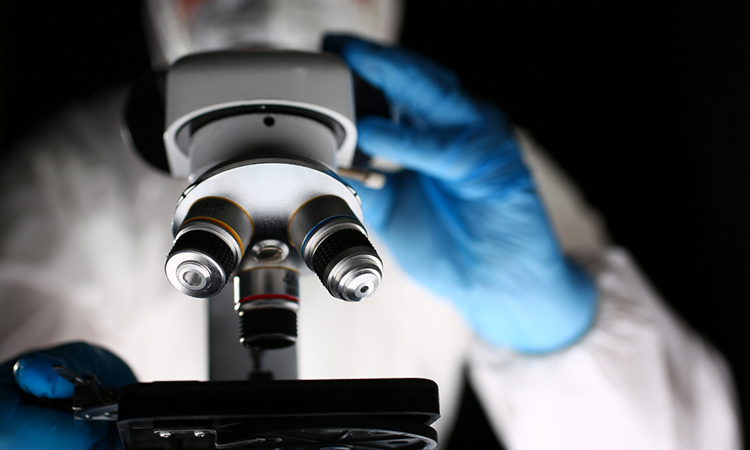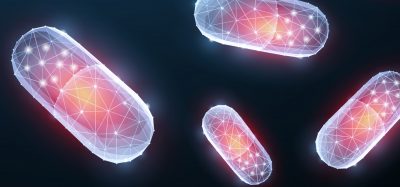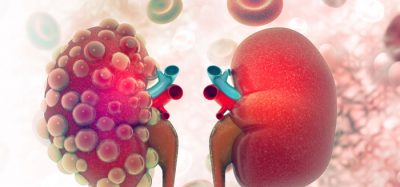Novel microscopy technique to light the way towards new medicine
Posted: 16 June 2022 | Ria Kakkad (Drug Target Review) | No comments yet
Researchers have developed a ground-breaking microscopy technique that allows proteins, DNA, and other tiny biological particles to be studied in their natural state in a completely new way.

To develop new drugs and vaccines, detailed knowledge about biomolecules is required. Researchers at Chalmers University of Technology, Sweden, have presented a ground-breaking microscopy technique that allows proteins, DNA, and other tiny biological particles to be studied in their natural state in a completely new way. The new technique, nanofluidic scattering microscopy, was recently published in Nature Methods.
A great deal of time and money is required when developing medicines and vaccines. It is therefore crucial to be able to streamline the work by studying how, for example, individual proteins behave and interact with one another. The new microscopy method from Chalmers can enable the most promising candidates to be found at an earlier stage. The technique also has the potential for use in conducting research into the way cells communicate with one another by secreting molecules and other biological nanoparticles.
“With current methods you can never quite be sure that the labelling or the surface to which the molecule is attached does not affect the molecule’s properties. With the aid of our technology, which does not require anything like that, it shows its completely natural silhouette, or optical signature, which means that we can analyse the molecule just as it is,” said research leader, Professor Christoph Langhammer.
The unique microscopy method is based on those molecules or particles that the researchers want to study being flushed through a chip containing tiny nano-sized tubes, known as nanochannels. A test fluid is added to the chip which is then illuminated with visible light. The interaction that then occurs between the light, the molecule and the small fluid-filled channels makes the molecule inside show up as a dark shadow and it can be seen on the screen connected to the microscope. By studying it, researchers can not only see but also determine the mass and size of the biomolecule and obtain indirect information about its shape – something that was not previously possible with a single technique.
“Our method makes the work more efficient, for example when you need to study the contents of a sample, but don’t know in advance what it contains and thus what needs to be marked,” said researcher, Barbora Špačková.
The researchers are now continuing to optimise the design of the nanochannels to find even smaller molecules and particles that are not yet visible today. “The aim is to further hone our technique so that it can help to increase our basic understanding of how life works and contribute to making the development of the next generation medicines more efficient,” concluded Langhammer.
Related topics
Drug Discovery Processes, Molecular Biology, Molecular Targets, Nanoparticles, Protein
Related organisations
Chalmers University of Technology
Related people
Barbora Špačková, Professor Christoph Langhammer.







